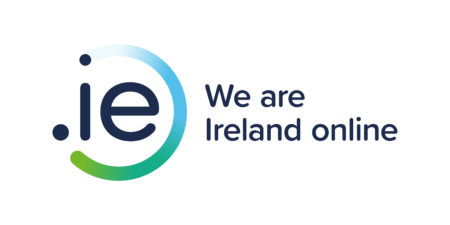9 February 2021
By Elaine Murphy
elaine@TheCork.ie
5,295 new .ie domains registered in Cork in 2020 as local businesses, services, and community groups mobilised online in response to pandemic
Cork businesses, services, and community groups registered 5,295 new .ie domains in 2020 as the county mobilised online in response to the Covid-19 pandemic, according to the latest .IE Domain Profile Report, which explores and analyses the .ie database. The number represents a 30% increase on 2019.
There were 12,268 new .ie domain registrations in Munster in 2020, a 35% increase on 2019. In total, 65,113 new .ie domains were registered in 2020, the highest figure ever recorded and an almost 30% increase on 2019. Every county on the island of Ireland recorded an increase in registrations.
“The nationwide increase in new .ie domain registrations is very encouraging,” said David Curtin, Chief Executive of .IE, Ireland’s national registry for .ie domains.
“It suggests that businesses and public services, regardless of county or whether they are in a city or a small town, were able to quickly and easily set up an online presence and meet local demand in response to the Covid-19 pandemic. This is evident in Cork and across the entire province of Munster.”
The pandemic response
Peaks and troughs in total new .ie registrations generally followed the Government’s restrictions on travel and business. The highest peak occurred in May, when 7,003 new .ie domains were registered.
This occurred approximately 6 weeks after the closure of non-essential retail. This peak began to drop off from June, as restrictions eased, but moved up sharply in October, peaking again in November corresponding to the announcement of the second national lockdown.
Mr Curtin said there had been a “mass mobilisation of digital in every part of the economy and society” in response to the challenges of the Covid-19 pandemic.
“Businesses migrated online, many for the first time, in direct response to the lockdowns,” he said. “They realised that having an online presence, and in many cases e-commerce capabilities, would at the very least minimise the damage of reduced or non-existent footfall.
“Some businesses have fully embraced digital, using multiple platforms to communicate with and sell to their customers. For example, some restaurants are using their own websites to advertise special offers but redirect customers to third-party apps and platforms for food ordering. Delivery is then outsourced. Many who have pivoted their business model in this way have reaped the rewards and stayed afloat, even thrived, in an intensely challenging period.”
“A local .ie web address has therefore been a lifeline; a way to mitigate the worst effects of the physical lockdown, including permanent closure. It has also advantageously positioned many businesses and services in Cork for a more digitally integrated post-Covid-19 economy.”
The pandemic’s impact on new .ie web addresses
The pandemic affected the online identities chosen in 2020, which is evident in the words used in new .ie domain web addresses. “Health” and “Covid” were the second and fourth most common keywords respectively.
315 .ie domains containing the word “mask” or “facemask” were registered in 2020 compared to just 6 in 2019; 61 containing the word “remote” (e.g. remote work) were registered in 2020 compared to 5 in 2019.
General health-related keywords, including “wellness”, “supplement”, “pharmacy”, and “fitness”, increased 92% year-on-year.
178 .ie web addresses containing the words “mental health” or “counselling” were registered in 2020, up from 87 in 2019 (+105%). 89 .ie domains containing the words “doctor” or “nurse” were registered vs 62 in 2019 (+44%).
“Many health services are now delivering their services online, for example through virtual consultations with patients and e-prescriptions sent securely to their local pharmacy,” said Mr Curtin. “Digital has given them the tools they need to adapt to a socially distanced Covid-19 economy and provide continuity of care to local patients, in the comfort and safety of their own familiar environment.”


